I’m standing inside a Tesco store staring at freshly stocked aisles packed with branded goods. It looks pretty much like any other Tesco, but there are a few vital differences. This store doesn’t have any shoppers, for one. Nor does it have any store staff. And there are no checkout operators either. That’s because it’s a virtual Tesco - and I’m viewing it through a pair of Oculus Rift virtual reality (VR) glasses, from the comfort of a trendy coffee shop in North London.
Oculus Rift
Launched: 2012 Cost: $350
The Oculus Rift VR headset was dreamed up by 21-year-old technology geek Palmer Luckey, with the aim of offering gamers a fully immersive videogaming experience. The production run of the original ‘developer’ version was financed on crowdfunding website Kickstarter - the company is currently taking pre-orders for a second incarnation of the developer version, with a consumer version expected some time this year.
How does it work? Users don a pair of Oculus Rift ‘glasses’ (see image, top), which are hooked up to either a computer or a mobile device. The device then streams virtual reality footage, which appears in 3D through the glasses.
It may sound like a character from Hollywood blockbuster Transformers, but Oculus Rift has the potential to change the retail landscape. Don’t just take my word for it - ask Facebook CEO Mark Zuckerberg. He recently announced a $2bn deal to purchase the VR headset maker, promising that the new technology would “change the way we work, play and communicate”.
Oculus isn’t the only piece of hi-tech wizardry making waves at the moment. Technology behemoth Google is also - literally - eyeing up the wearable tech market through the introduction of Google Glass, a pair of augmented reality (AR) glasses that that allow wearers to surf the internet and take pictures via a small display in front of the right eye.
The launch of these new wearable technologies has been accompanied by all sorts of hype. But how can retailers and suppliers take advantage of them in reality - and what are the main obstacles standing in the way of widespread adoption?
It’s fair to say that it’s still early days for wearable tech. That’s mainly because Google Glass is not commercially available (though the internet search giant did sell the $1,500 glasses to the general public for a limited period on two days in April) and Oculus Rift, which retails at $350, is only available to developers.
But the potential for this type of technology is tremendous, according to analysts Juniper Research, which predicts that by 2017 nearly 70 million wearable devices will be sold globally.
Nowhere could it have a greater impact than in the retail environment, adds Eric Abensur, CEO of digital commerce specialists Venda. “These visual-based wearable technologies have the capacity to improve the customer experience at all stages of their shopping experience, whether digitising the physical store into an all-round experience or recreating it in a virtual world,” he explains.
Recreating a physical store in a virtual world is exactly what digital creative agency Figure Digital did for in-store promotions company TCC to highlight its tie-up with football legend Pelé in Tesco stores.
Google Glass
Launched: 2012 Cost: $1,500
Search engine giant Google first unveiled the AR-enabled technology two years ago, when company founder Sergey Brin wore a prototype pair to a charity event. To date, the glasses have only been available to Google Glass ‘explorers’ - people specially selected to try out a pre-release pair of glasses - although on two separate dates in April this year Google allowed members of the general public to purchase pairs of Google Glass. It’s strongly rumoured that the glasses will be given an official full-scale rollout later this year. How does it work? Although they look pretty much like a conventional pair of spectacles, they’re fitted with a tiny electronic display in front of the right eye. Wearers communicate with the internet via voice command and a touchpad located on the side of the glasses.
Although the project was undertaken more as a proof of concept, Ben Paterson, founder and MD of Figure Digital, believes that in addition to aiding shopper engagement research programmes, VR headsets could eventually allow customers to shop virtual stores from the comfort of their own home.
“Right now, online shopping is conducted via a 2D website interface, with the customer using a standard mouse and keyboard to navigate the supermarket’s website in order to browse and select from static 2D images of products,” he says.
“Using something such as an Oculus Rift headset, customers could be offered a much more realistic simulation of the supermarket, so they effectively feel as if they are walking around a 3D version of a Tesco or Sainsbury’s. Additionally, selecting 3D virtual versions of their favourite products and brands also adds a tangible value to the experience in that it feels far more like the actual experience of visiting the store.”
While Google Glass is a slightly different proposition to Oculus Rift in that it uses AR not VR, it potentially offers just as many upsides, according to Paterson.
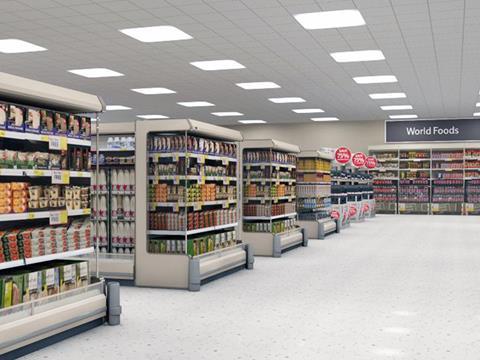
“Supermarkets could, for example, start to offer promotions to Google Glass users highlighting promotions and information on new products that the user sees within their field of vision as they walk around the actual store,” he elaborates.
“These types of AR wearable technologies are likely to become a useful tool for those supermarkets that want to be seen operating at the cutting edge of new technologies that keep their customers informed, entertained and, most importantly, continually returning to shop.”
These opportunities were underlined in a 2013 report by Venda, entitled ‘Wearable technology: The high street’s secret weapon?’ In the report, the company identified a number of potential uses for Google Glass in-store, ranging from image recognition to add products to baskets; price comparison; location-based targeting of offers; and mobile payments, potentially through Google’s own Wallet product.
Given that the technology is still in its formative stages, this is all currently theoretical, but a YouGov survey of more than 2,000 adults commissioned by Venda found consumers are receptive to these ideas.
The survey found that 38% of respondents would like to use Google Glass to direct them around a store, 27% would want to search for available stock and get product ideas in store, and 28% would want to use the glasses to access exclusive offers and in-store promotions. These are not the only advantages, believes Abensur.
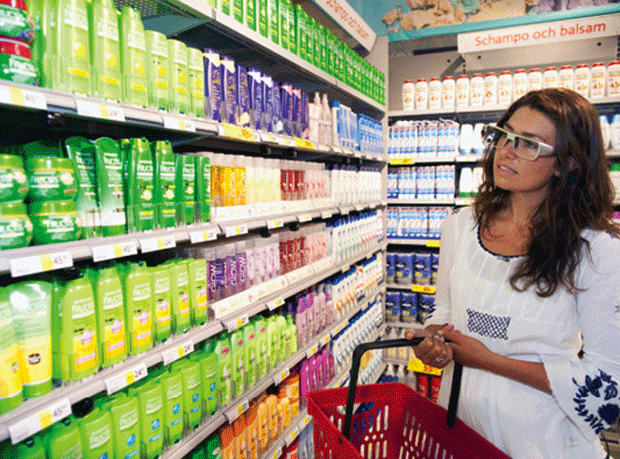
“The benefits of incorporating devices like Google Glass and Oculus Rift into a supermarket retail environment are that they have the potential to change the way we shop in store by extending customer choice, offering exclusive in-store promotions and generally helping shoppers become more connected with a specific retailer,” he says.
“This new technology also has the potential to act as a kind of shopping assistant, something that may indeed be the next revolution in the retail industry and one that has the power to incentivise consumers to not only visit but keep coming back to supermarket retailers.”
Potential downsides
While it all sounds pretty impressive, wearable tech isn’t without its downsides. Venda’s report discovered that many UK consumers felt embarrassed about the idea of wearing Google Glass - there have also been incidents in the US where wearers of the glasses have been physically attacked by ‘Google Glass haters’.
Incorporating the technology into a retailer’s operations would also require a significant outlay, both financially and strategically, and given that there are few pairs of Oculus Rift and Google Glass currently in general circulation, for the time being at least it appears as if there would be little point in making this type of investment.
However, Paterson believes that the decision to invest will become easier when adoption rates of VR technology start to escalate in late 2015, with PlayStation scheduled to launch a VR headset for its games console. Take-up of Google Glass is also expected to grow rapidly after the company launches a full-scale consumer rollout of the technology this year.
Early adopters are likely to be the young and the tech-savvy, but with more people expected to interact with their friends and family on social media via virtual 3D environments or through AR-enabled devices in the future, it isn’t such a great leap to envisage virtual shopping being the next shopping revolution - one that retailers don’t join at their peril.



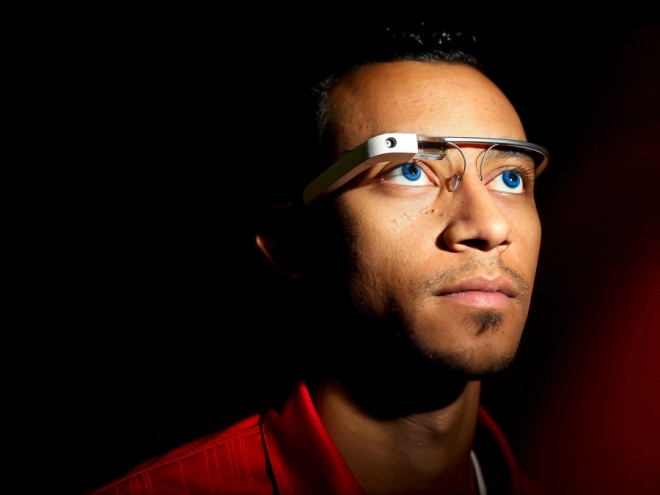

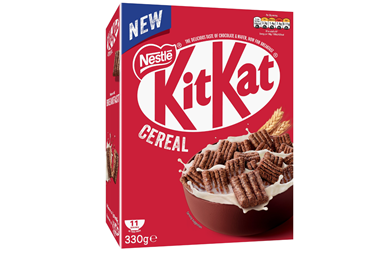
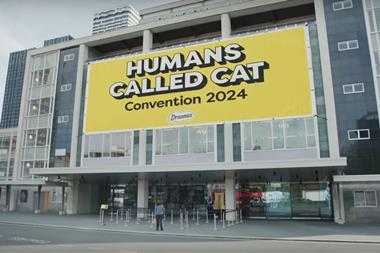



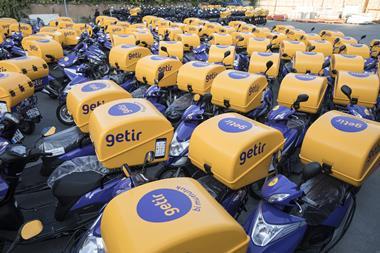

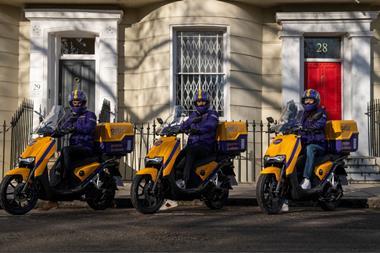
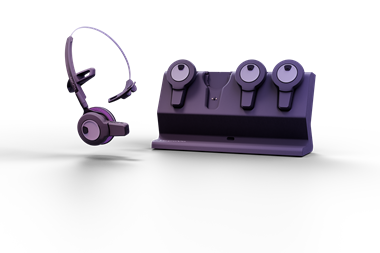
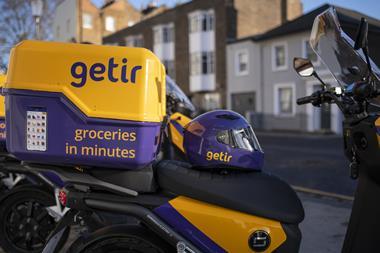

No comments yet